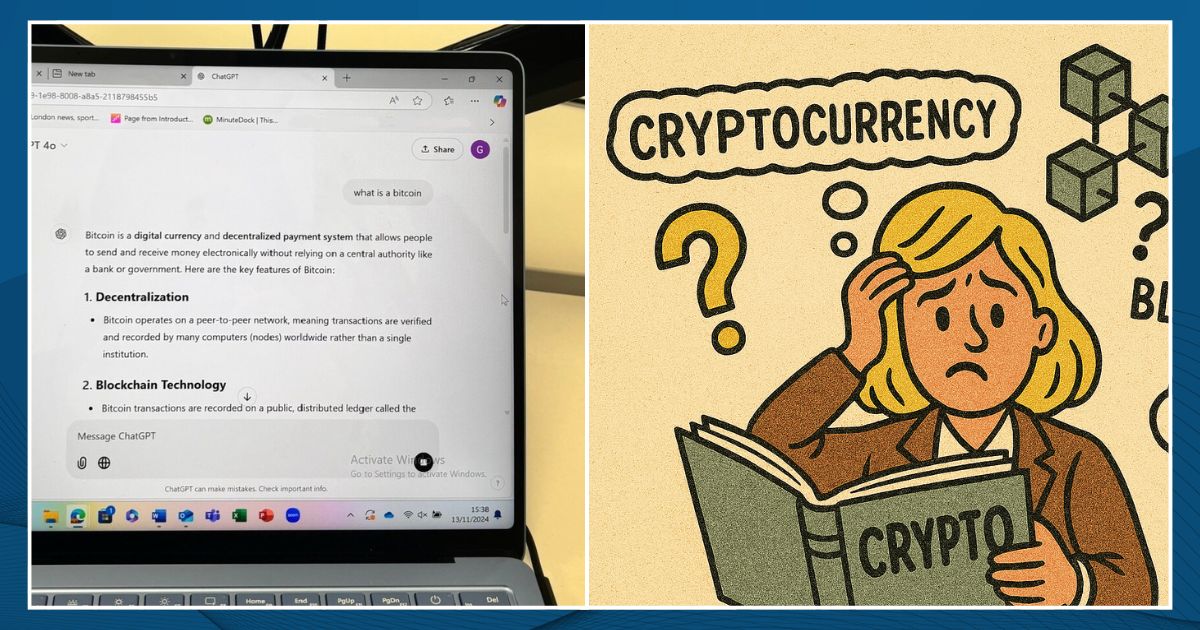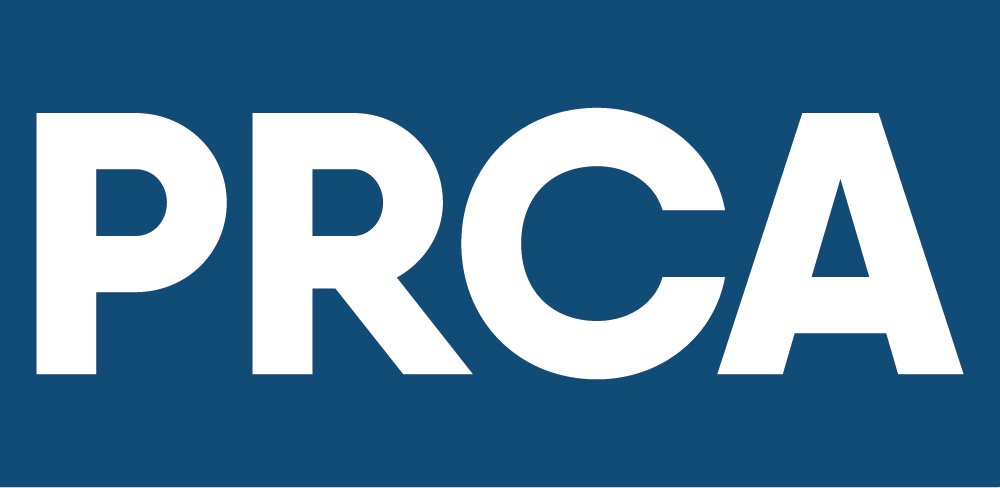Cryptic Crypto – The Challenges of Crypto in Communications
To a beginner, crypto is extremely confusing. As someone who dove headfirst into the world of web3 / crypto / blockchain technology just over 8 months ago, I can definitely say it’s an extremely difficult industry to get your head around.
Working in this industry from a communications standpoint has made crypto’s complexity even clearer. The industry is littered with jargon and technical terminology that makes it extremely difficult to understand, and, ultimately, inaccessible to a huge percentage of the population. This creates so many barriers to reaching an external audience of non-crypto natives (without a 10 page glossary or explainer encyclopaedia to go with it).
I’ve even started my own glossary to keep track of all the terms. I’ve shared just a fraction of the list below…

So how have I really found the last 8 months?
To paint the picture of just how little knowledge of this industry I had when I started, here’s a question I asked ChatGPT in one of my first weeks here:

Like most people, I’d heard of bitcoin before but that was where my knowledge ended – and even then, I had no idea what it was or how it worked. My perception of the industry was quite negative, shaped by the high-profile collapses and implosions that grabbed headlines amongst the mainstream media.
But there is so much more to the industry than what I originally thought. I embraced it with an open mind and challenged myself to learn as much as possible.
Why crypto matters (more than you might think)
The values and real use cases of crypto and blockchain have never been more apparent when you consider the current geopolitical state of the world. The core principles of decentralisation, transparency and privacy become especially interesting in this context.
Blockchain technology has the potential to offer new levels of transparency, reliability, and security – provided that the right policy frameworks are in place to support and encourage decentralisation and to protect consumers. With sufficient regulation in place, blockchain projects can continue to evolve in a way that gives users more control over their finances and digital assets, reducing the need to rely on large, centralised institutions.
It’s not just about finance either. Decentralised networks are already laying the groundwork for new kinds of platforms – from social platforms where you truly own your data, to community-led projects challenging Big Tech, and digital identity systems designed to help people protect themselves online in an age of AI-powered scams and bots.
There’s a growing recognition of this value, particularly among institutional players. But for most consumers, crypto still feels alien – with many struggling to understand exactly how crypto can tangibly benefit them.
Real-world use cases
I think stablecoins are especially exciting and are quickly becoming one of the most practical entry points for mainstream users – particularly as more well-known consumer brands like Apple, Amazon, Airbnb, and Uber are reportedly starting to test the waters.
Whilst many cryptocurrencies can be extremely volatile, stablecoins that are pegged to fiat currencies offer a different alternative. We’ve seen the GENIUS Act come into play in the US, and it’s only a matter of time before more regulation emerges to encourage stablecoin innovation and adoption - whilst crucially protecting consumer.
Trailblazers like South Korea, for example, are actively exploring stablecoin programmes. Tourists visiting the country can now even convert stablecoins into cash at ATMs. These machines, created by local blockchain firm DaWinKS, support USDT and operate under a regulatory sandbox, giving foreign visitors a seamless way to use digital assets in real life.
Other jurisdictions across the world have also started to incorporate blockchain technology for security and transparency purposes. In Dantewada, India, the district administration digitised over 700,000 land records, dating back to the 1950s, and stored them securely on Avalanche. Citizens can therefore now access tamper-proof records via kiosks, cutting down weeks of bureaucracy.
Crypto is also proving useful in humanitarian contexts. Relief organisations often face significant obstacles with banking restrictions and damage caused to traditional financial infrastructure during crises. In March this year, an earthquake struck Myanmar, the second most powerful to hit the country since 1912. Crypto donations offered a crucial alternative path to support emergency efforts – with organisations like the Red Cross, Save the Children and UNICEF all accepting crypto. As global tensions rise and geopolitical crises worsen, the ability to diversify relief corridors and enable fast, cross-border payments is critical - not just for efficiency, but for saving lives.
What cuts through the noise?
These are mostly just the institutional and corporate use cases I’ve mentioned here, but there is so much to be said about gaming, entertainment and other aspects of the industry too.
Ultimately, crypto projects that can show real uses cases are the ones that truly cut through the noise. People want to understand the project but most importantly, they want to understand what it can do for them.
Looking back, I think being completely new to all of this has been a benefit. Coming at it from the place of a complete non-crypto native has given me a fresh perspective, and allowed me to learn about it all myself.
As someone who, I will admit, was probably quite sceptical of the industry as a whole when I first came to work in it, it is a truly exciting time - full of value and innovation. What is emerging from this industry is a fundamentally new way of thinking about the internet, finance, gaming, and even governance. No matter what your opinion is of the industry, this is an industry that we cannot ignore and that will continue to innovate, grow and develop in years to come.
